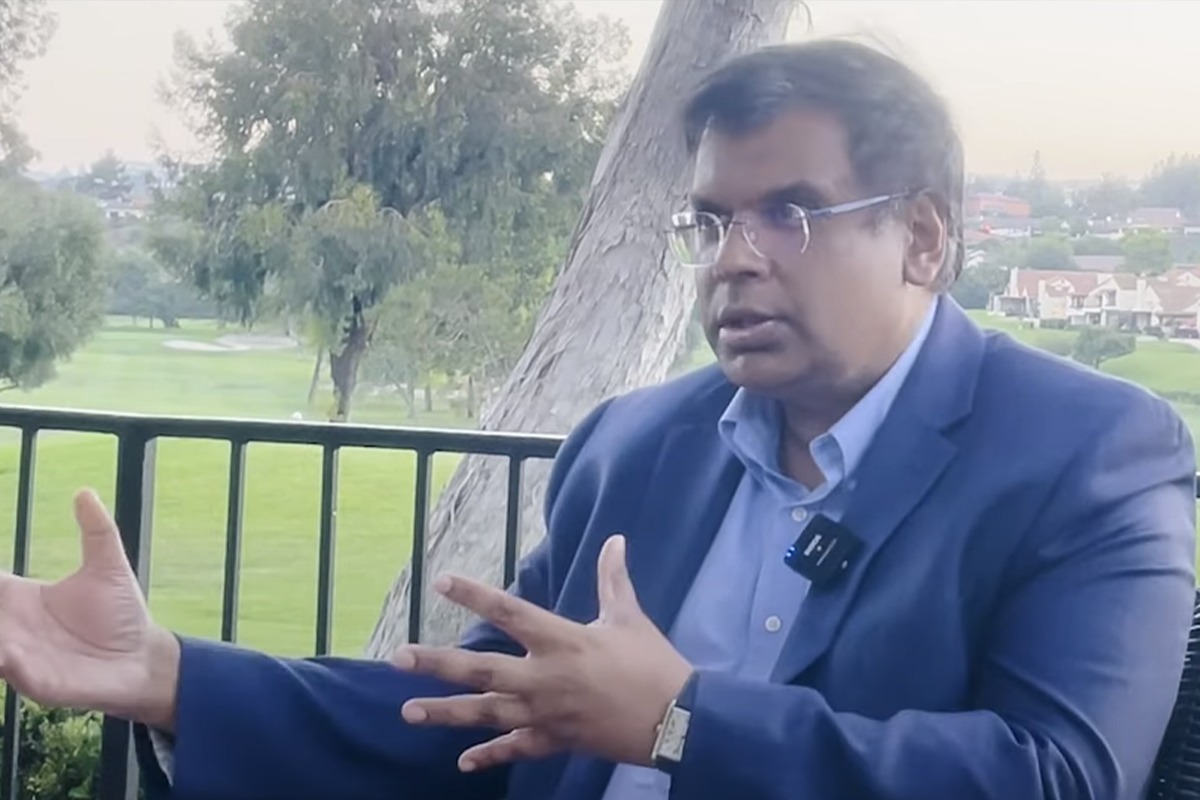SAN DIEGO, CALIFORNIA (US): In a captivating interview with The New Indian Executive Editor Rohan Dua, Dr. Vivek Lall, the CEO of General Atomics Global Corporation, shared his remarkable journey from being born in Indonesia to becoming a leading figure in the aerospace and defense industry. With a background in science and engineering, Dr. Lall expressed his pride in contributing to the US-India partnership, drawing from his experiences in various parts of the world and a passion for airplanes that shaped his career. Edited excerpts:
RD: How did your association with Boeing begin?
VL: While pursuing my PhD at the University of Vechta, I met someone from Boeing at a conference, which led me to join the company when I was 28.
RD: What positions have you held, both the highest and the lowest in your career?
VL: I started as an engineer and then progressed to work on engineering problems for various aircraft. Through Boeing’s “Learning Together” program, I got my MBA, which transitioned me into the economic and management side of things. Later, I had the opportunity to move to India.
RD: What are your memories of the deals you signed with India on behalf of Boeing, and what was your experience with Indian cuisine?
VL: It was a remarkable phase when both countries were growing closer, and there was convergence in various aspects, including commercial and military aircraft. During that time, we worked on projects like P8Is and 370. I gained weight in India due to the diverse array of delicious food we tried.
RD: What was the most significant takeaway from your stint at Lockheed Martin?
VL: There was a lot of learning and collaboration, including joint ventures and industrial collaborations.
RD: You joined General Atomics Global Corporation in 2020, transitioning from aircraft to a drone company. What was that like?
VL: General Atomics Global Corporation is a diversified technology company, dealing with defense security, energy security, and unmanned systems, among others.
RD: How proud do you feel that General Atomics’ products will be sold to India?
VL: The growing convergence between India and the US in defense has been outstanding, particularly in areas like precision surveillance, which are vital in the present day.
RD: What distinguishes General Atomics’ drones?
VL: Precision service at high altitudes, long endurance, and deterrence capabilities are critical features of our drones. The ability to be used by Army, Air Force, and Navy is significant.
RD: If a deal goes through, will General Atomics provide tech know-how on the ground or come to India for training?
VL: Implementation details, including training and tech know-how, are part of the government-to-government discussions. Interoperability is also a key consideration, especially with like-minded nations looking for national security.
RD: As an engineer, how do you see the role of drones in future warfare?
VL: The future is unmanned. Unmanned platforms will continue to play a significant role in various services worldwide. Staying at the leading edge of technology is crucial.
RD: What weapons can MQ-9B carry?
VL: MQ-9B can carry Hellfire missiles, bombs, and other integrated indigenous weapons. Its jointness makes it significant, as it can be used by the Army, Air Force, and Navy.
RD: If given an opportunity, would you also like to work closely with the US and Indian governments?
VL: We have already partnered with Indian startups in critical and emerging technologies, such as semiconductors and AI. Collaborating with both governments would be a privilege.

